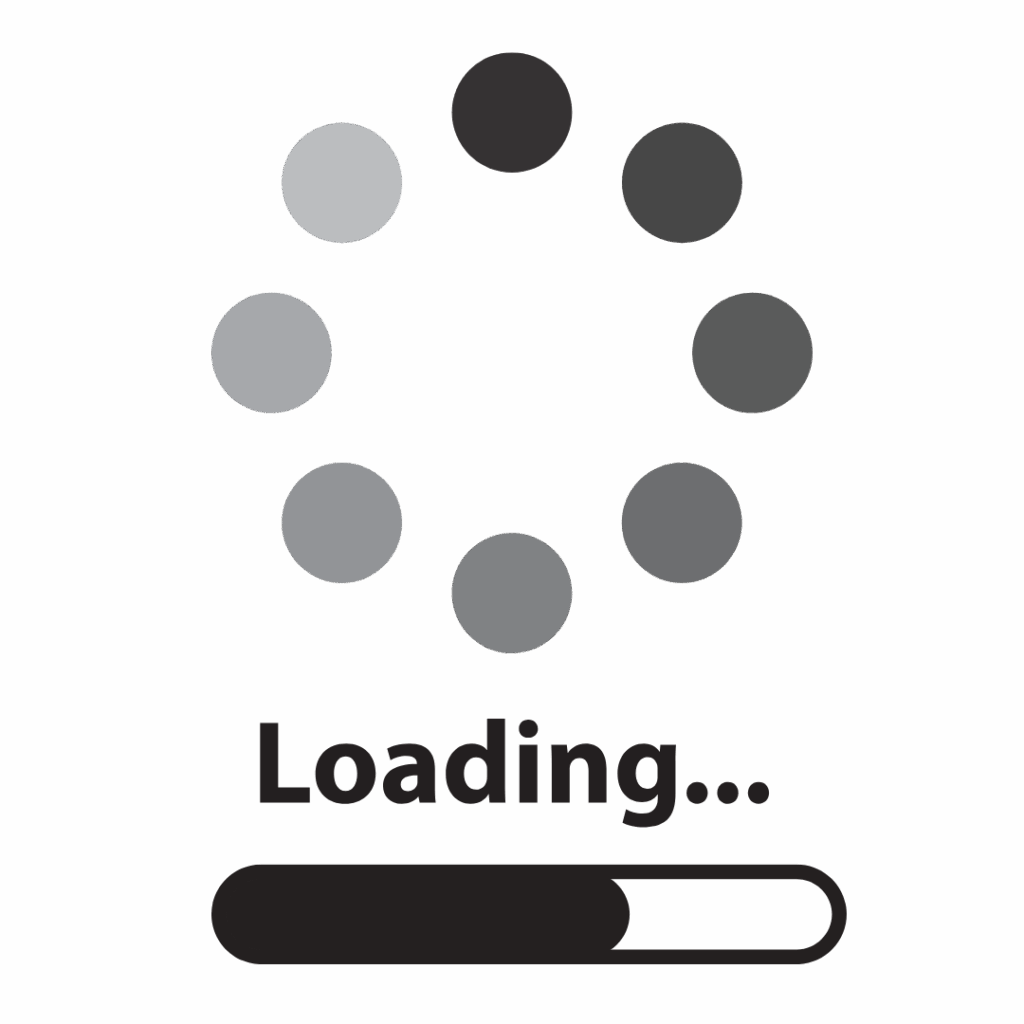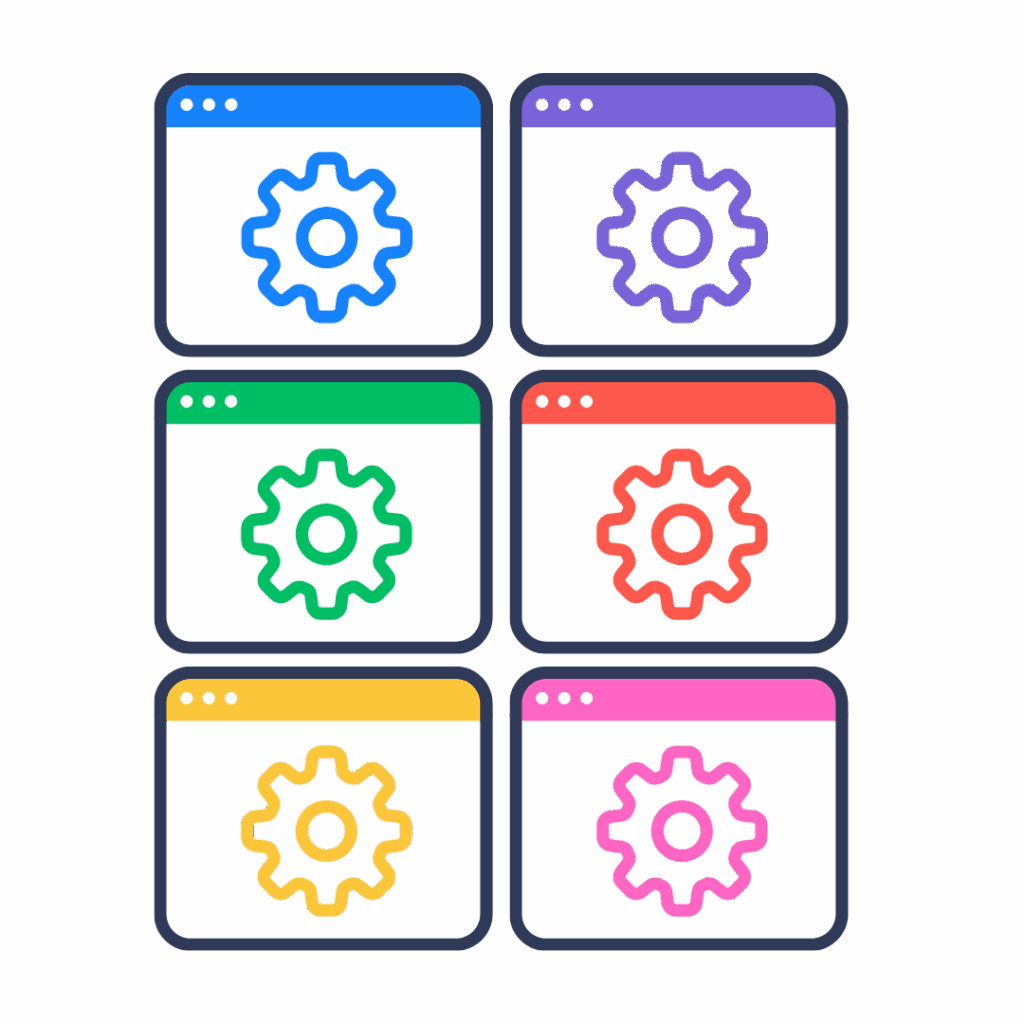If you’re running paid traffic through Google Ads, you’ve likely wondered whether it’s better to send visitors to your website or a dedicated landing page. It’s a valid question—and one that can make a significant impact on your campaign results.
Let’s break it down so you can make the right choice for your business, your ad budget, and most importantly—your leads.
What’s the Difference Between a Website and a Landing Page?
A website is typically your digital home base. It includes information about your business, services, testimonials, contact pages, and maybe even a blog. It’s built for exploration.
A landing page, on the other hand, is a focused, single-purpose page designed to convert. It’s stripped of distractions, often dedicated to one service or offer, and built to guide users to take immediate action—like calling you or submitting a form.
Why Landing Pages Convert Better Than Websites
When it comes to Google Ads—especially for home service businesses like plumbing, pressure washing, or electrical work—the goal isn’t to educate visitors. It’s to get them to contact you now.
Here’s why landing pages outperform websites:
1. They’re Hyper-Focused
Landing pages are tailored to the search intent. If someone types in “pressure washing near me,” they should land on a page that shows exactly that—a service page with “Pressure Washing” in the headline, relevant images, and a call to action.
There’s no menu bar or links leading elsewhere. Visitors can only do three things:
- Call you
- Submit a form
- Leave the page
That simplicity increases conversions.

2. They’re Built for Speed

Website pages often have large images, auto-play videos, and other design features that look great but hurt load time. According to Google, 53% of users abandon a page if it takes longer than 3 seconds to load.
Landing pages are optimized for speed. Images are compressed, and videos (if used) don’t autoplay. The page loads fast, keeping your prospects engaged.
3. They Match User Intent
Let’s say someone Googles “concrete driveway power washing.” If they click your ad and land on a homepage or a generic services page, they now have to hunt for the info they wanted. Most won’t bother. They’ll hit the back button.
With landing pages, you can create specific versions for each service:
- One for concrete driveway washing
- One for home siding pressure washing
- One for roof cleaning
All with relevant images, copy, and call-to-actions. You’re meeting people exactly where they are in their search.

Examples of What Not to Do
Here are common mistakes we see when people use standard websites for ads:
1. Slow-Loading Pages
Massive hero images or autoplay videos bog down your site. On slower phones or older browsers, this delay drives users away before they even read your headline.
2. Off-Topic Landing
We’ve seen ads for “Power Washing Services” that send people to a page about painting. Even if power washing is offered, if users don’t see it right away, they’ll assume it’s irrelevant and leave.
3. Poor Visual Cues
Imagine someone clicks on your ad for power washing and sees a winter image of ice dams. In the middle of summer. It’s confusing—and again, causes visitors to bounce.
4. Too Many Exit Points
A traditional site has a menu bar with links to About, Blog, Careers, etc. Every one of those is a leak in your conversion funnel. The more options a visitor has, the less likely they’ll take the action you want.
Best Practices for High-Converting Landing Pages
Here’s what you should be doing instead:
1. One Page, One Purpose
Each landing page should be about one thing only. Pressure washing? Talk only about that. Want to promote panel upgrades for electricians? Make a page just for that.
2. Clickable Phone Numbers
Make it easy to call. Click-to-call functionality is critical for mobile users.
3. Simple Forms
Don’t ask for too much. Name, phone number, and maybe the service type is enough. Fewer fields = more completions.
4. Multiple CTAs
Sprinkle call-to-actions throughout the page—top, middle, and bottom. Whether someone reads the whole page or just skims, they’ll see a clear next step.
5. Duplicate and Tweak
Want to target multiple services? You don’t need to build a new page from scratch every time. Duplicate a high-converting layout and swap out:
- The headline
- A few sentences of text
- The images
This method allows you to scale fast without reinventing the wheel.
Conclusion: Websites Inform, Landing Pages Convert
If your goal is to get leads from Google Ads, don’t send traffic to a generic website. Use focused landing pages that match your ads and speak directly to what the user searched for.
PREFER TO LEAVE IT TO A PROFESSIONAL?
Running a home service business is already a full-time job—figuring out Google ads shouldn’t be another one. At Mancini Digital, we specialize in Google Ads that bring in real, high-intent customers, so you can focus on what you do best.
